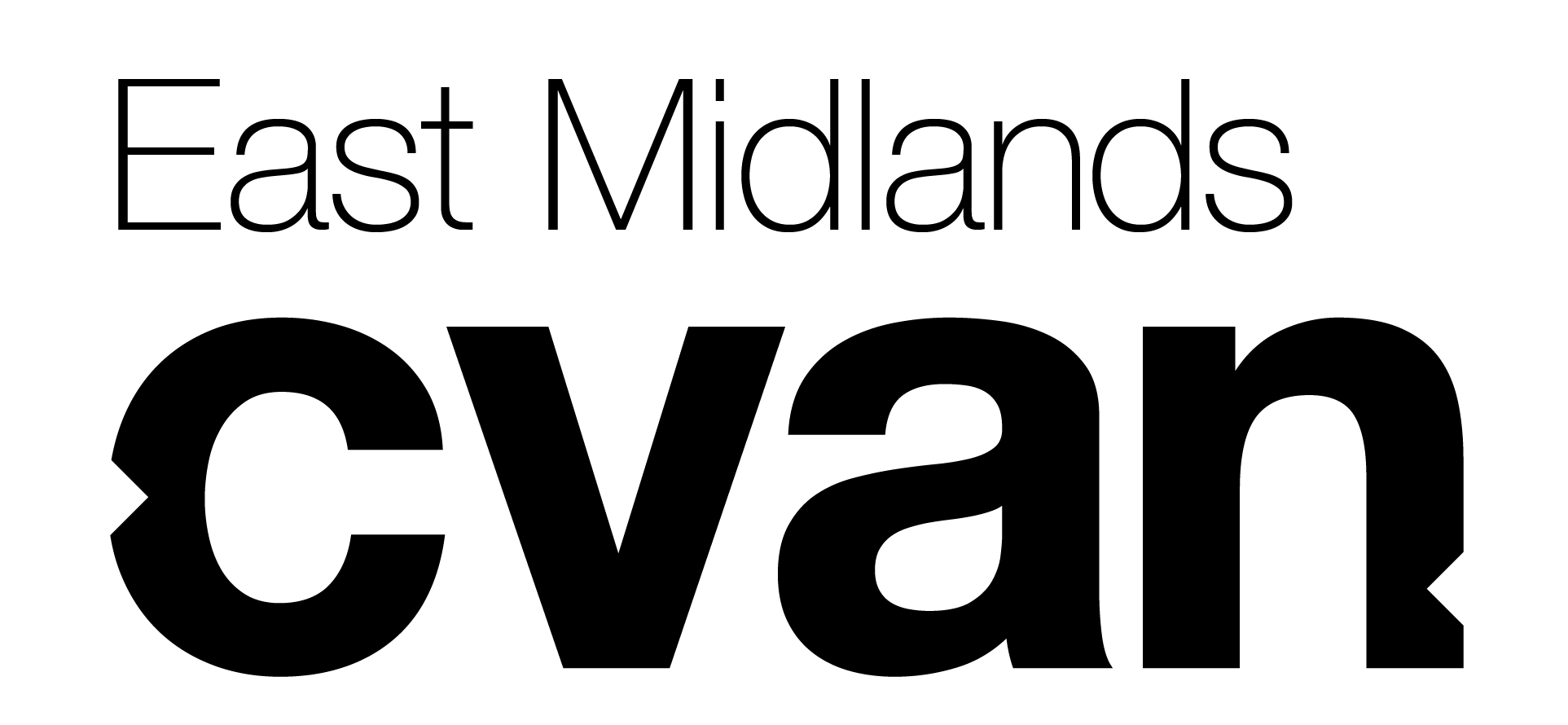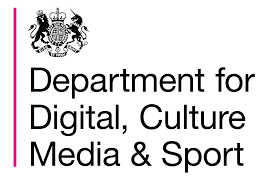In June 2020 CVAN sent its submission to the Department of Culture, Media and Sport’s Select Committee Inquiry into the impact of Covid-19 on its sectors and their workforces. Read our submission.
A. Executive Summary
Immediate
1. Small organisations and independent practitioners, especially disabled and neurodivergent artists and artists from BAME backgrounds, face complete loss of livelihood and are most vulnerable to employment precariousness. These groups should be at the forefront of recovery plans.
2. The expansion of freelance ‘gig’ economies has put countless individuals in the visual arts sector at high risk of financial hardship. Unless systemic changes are made to ensure a more resilient response to emergency scenarios, many will be forced to leave the sector.
3. The Arts Council England’s (ACE) emergency support is welcomed, but additional and continued funding is crucial throughout the course of the pandemic and recovery process.
The Future
4. The government must consider the disparity of funding available to each art form, not solely prioritising theatres and the performing arts, and can assist in the restarting and recovery of the visual arts sector by:
a. Providing clear and consistent guidance on COVID-19 safety measures
b. Supporting the development of new business models
c. Providing long term investment and public funding for freelancers such as artists, independent curators and micro to small-medium-enterprises.
5. To build resilience and skills to mitigate future risk, artists need the government’s support in building new business models, including investment for digital access, professional development, and freelance expertise.
6. Government funding and policy is crucial for access to creative education (state, HE, micro-credential), regardless of socioeconomic, ethnic or cultural background, and to support entrance and retention to creative careers.
7. The value the public has placed on arts and culture during the pandemic and the role of visual arts in non-creative sectors must be acknowledged and leveraged in the economic, health and wellbeing recovery of the nation.
____________________
B. Introduction
1. The Contemporary Visual Arts Network1 (CVAN) is pleased to make a submission to the House of Commons Select Committee on Digital, Culture, Media and Sports in response to its call for evidence on the impact of COVID-19 on its sector.
2. CVAN is a sector support and advocacy organisation that represents and supports a diverse visual arts community of artists, creative practitioners, and arts organisation, institutions and art galleries across nine regions in England.
3. The creative industries are integral to the visitor economy, community cohesion and the overall mental health of the nation. Protecting its future has never been so vital.
4. In collaboration with Earthen Lamp2, and in partnership with Artists’ Union England, a-n The Artists Information Company, Artquest, AxisWeb, Curator Space, DACS, Engage, and Guild, we developed a sector-wide survey to monitor the pandemic’s impact on creative practice. The 1,038 responses form the basis for this submission with support from Audrey Tan (UCL Public Policy).
IMMEDIATE
C. What has been the immediate impact of Covid-19 on the sector?
5. Organisations: Over the past decade, art organisations have been pushed to transform themselves into social enterprises. Their business models are more reliant on ‘earned income.’ Now unable to generate earned income, our organisations are having to access their remaining financial reserves. Many organisations fear being forced to make redundancies unless audiences return soon. The looming reality of financial insolvency is compounded by the uncertainty and inability to plan reopening with confidence. Examples of artists’ studios that are negotiating rent reductions with tenants3 offer a case study as to how mutually beneficial solutions can be reached. However, organisations are still in a very precarious position and the flexibility of the sector is stretched to a breaking point.
6. Individual Practitioners: 44% of respondents to the CVAN survey have lost work since the start of lockdown. Non-economic measures put in place are not well understood and economic support measures announced by Arts Council England (ACE) and other professional bodies do not go far enough. Concerns regarding mental health were raised by both visual art workers and organisations. The situation is dire for many artists: ‘People are already leaving their homes and moving to parents. People are looking for [other] careers as they don’t see a way to support themselves in the arts.’
7. Marginalised groups: The pandemic’s impacts on livelihoods, health, social care and creativity are all frighteningly magnified for disabled people. Many disabled artists are facing long term shielding, a total loss of income, compromised independent living and the risk of invisibility in wider society.
8. Public Audience: As a result of the pandemic, programme activity has almost completely frozen. Organisations have shown creativity and resourcefulness in reaching audiences in different ways, including utilising digital platforms. Reaching vulnerable communities is still a challenge.
D. How effectively has the support provided by DCMS, other Government departments and arms-length bodies addressed the sector’s needs?
9. Government support schemes: While the Job Retention Scheme has been a welcome lifeline, there is a fear of the job losses when furlough ends. The support offered has also not applied widely enough. One artist reported, ‘I lost 90% income overnight and fall into the self-employed gap, not able to access any HMRC claims or emergency funds.’ The 3 years of submitted tax returns/accounts rule excludes many emerging artists. Additionally, there is confusion surrounding the interpretation of the eligibility criteria for business rate relief. Those who struggle with digital access (e.g. technicians and disabled artists) may also struggle to benefit from government support.
10. Emergency grants: Short deadlines for emergency funds have also prevented many artists from applying. Grants based on property values exclude many arts venues as they do not meet the value threshold. Local Authority venues are not eligible for Government schemes either.
11. Arts Council England: ACE emergency funding is welcomed. There is however a concern that the need is much greater than the resources available. Knowing what streams will be available in the next 12-months to plan programmes to move forward is essential. Another concern is that the application process creates competition amongst artists and is overly bureaucratic. Sector support is needed over and above ACE emergency support, with emphasis on ensuring that funding reaches the artists.
THE FUTURE
E. What will the likely long-term impacts of Covid-19 be on the sector, and what support is needed to deal with those?
12. Financial: Longer term funding is needed. As organisations re-open funding needs to continue to compensate for reduced earnings caused by social distancing requirements. Visual artists and organisations are concerned that the funding environment will be more competitive and earned income is unlikely to reach pre-closure levels for years. In the first months of reopening, costs will be high but earned income will be low. Arts organisations need support to adapt business models and potentially form partnerships with universities, Local Authorities and Local Enterprise Partnerships.
13. Recovery: Clear and consistent messaging from the Government is needed to restart the sector. Boards, leadership teams and artists alike will need support. Guidance, best practice models and seed funding will need to be available for organisations to review and adapt their business models. The COVID-19 pandemic has further exposed the inequalities in the sector. There is concern that people from lower socio-economic, BAME and marginalised backgrounds will be disproportionately affected and leave the sector. An artist highlighted this inequality: ‘There’s even fewer jobs to fight for and that fight is on an even more uneven playing field.’ People in these groups should be prioritised in recovery plans.
14. Venues: Exhibition touring and movement of sculpture and other art will be difficult and at increased expense. Other opportunities to experience world class arts by those living outside of London will be limited in years to come. Leveraging society’s increasing environmental conscience and appreciation of our connectedness to nature, artists and organisations should be supported to turn to outdoor art and programmes.
15. Infrastructure: The potential loss of smaller arts organisations is not otherwise being properly assessed on a regional level. There is very little cohesive guidance on health and safety and operational matters for the arts sector. Arts representation on cross government recovery task forces is essential. Organisations need support to ensure their buildings, facilities and processes continue to comply with COVID-19 risk mitigation measures, guidelines, etc. To make these adaptations, investment in equipment for high-quality digital access, professional development training, and freelance expertise is needed.
F. What lessons can be learnt from how DCMS, arms-length bodies and the sector have dealt with Covid-19?
16. Long-term planning: Art Council England’s 10-year strategy, Let’s Create4, has demonstrated a creative and imaginative response to lockdown. Visual arts organisations need support to develop similarly innovative strategies.
17. Financial: Germany offers an example of how they have supported their cultural sector though an unlimited credit programme and a share of a €50bn fund for sole traders and small businesses5. To continue evolving the sector long-term, financial security for artists and arts organisations must become paramount to the UK Government’s plans for recovery.
G. How might the sector evolve after Covid-19, and how can DCMS support such innovation to deal with future challenges?
18. Greater collaboration and partnership working between the visual arts sector and DCMS is already evident and should continue. The visual arts sector must adapt to operating more in the digital sphere within a flexible working environment. Additionally, supporting both young people to study the arts and emerging artists as they graduate from the education pipeline is ever more pressing.


